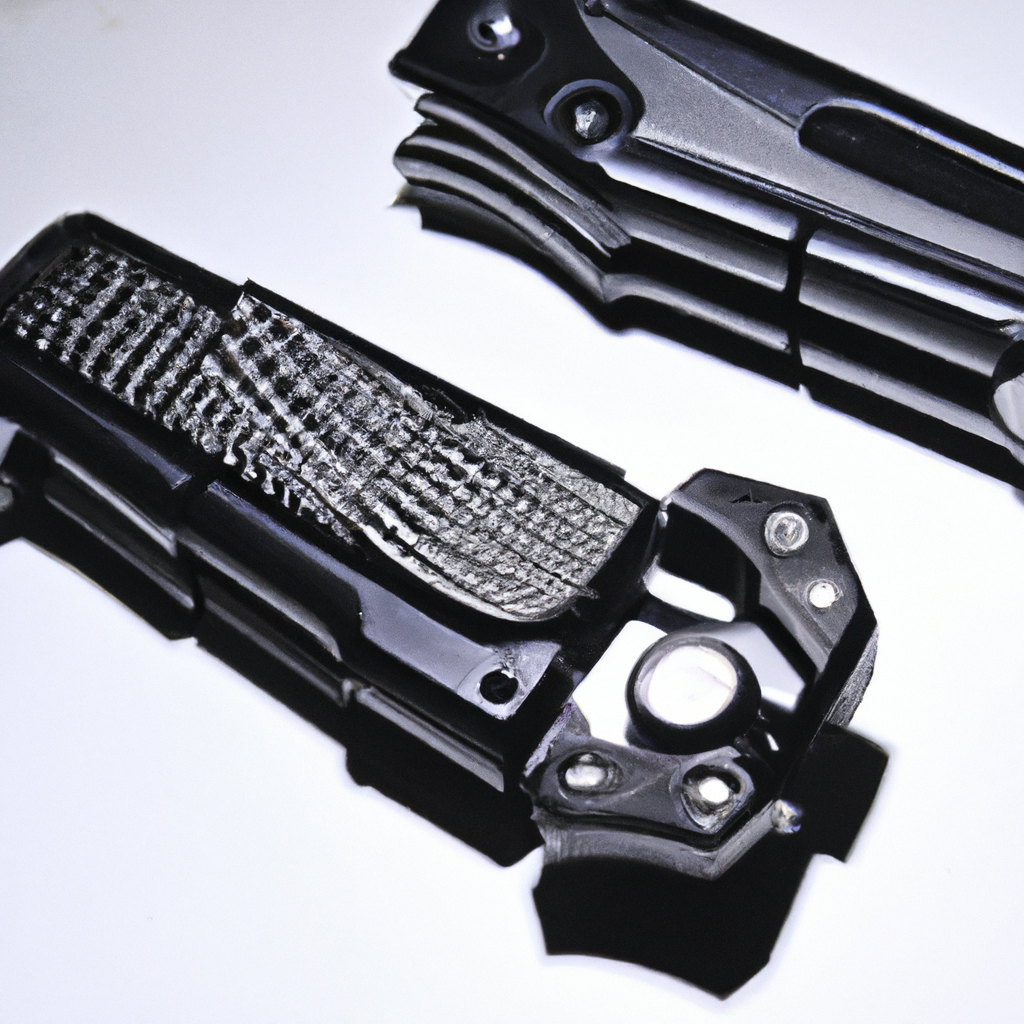Light weapons, such as small arms, light machine guns, and man-portable air defense systems, are becoming an increasingly serious threat to human rights around the world. These weapons are relatively easy to acquire, transport, and use, making them attractive to non-state actors, such as rebel groups, criminal organizations, and terrorists.
Light weapons are responsible for the majority of deaths in armed conflicts, and their proliferation has been linked to a range of human rights abuses, including extrajudicial killings, torture, and sexual violence. In addition, the presence of light weapons in a conflict zone can lead to displacement, as civilians flee to avoid the violence.
The international community has taken steps to address the threat posed by light weapons. The United Nations has adopted a number of resolutions aimed at curbing the illicit trade in small arms and light weapons, and has established a program to monitor and report on the situation.
In addition, a number of regional and national initiatives have been launched to reduce the availability of light weapons. These include the Arms Trade Treaty, which seeks to regulate the international trade in conventional arms, and the International Small Arms Control Standards, which provide guidelines for the responsible management of small arms and light weapons.
Despite these efforts, light weapons remain a major threat to human rights. To effectively address this issue, governments must take steps to strengthen existing regulations and ensure that they are properly enforced. In addition, governments must work together to ensure that light weapons do not fall into the hands of non-state actors.
Ultimately, the international community must recognize that light weapons are a serious threat to human rights and take steps to reduce their availability. Only then can we hope to reduce the devastating impact of these weapons on civilians around the world.







Leave a Reply